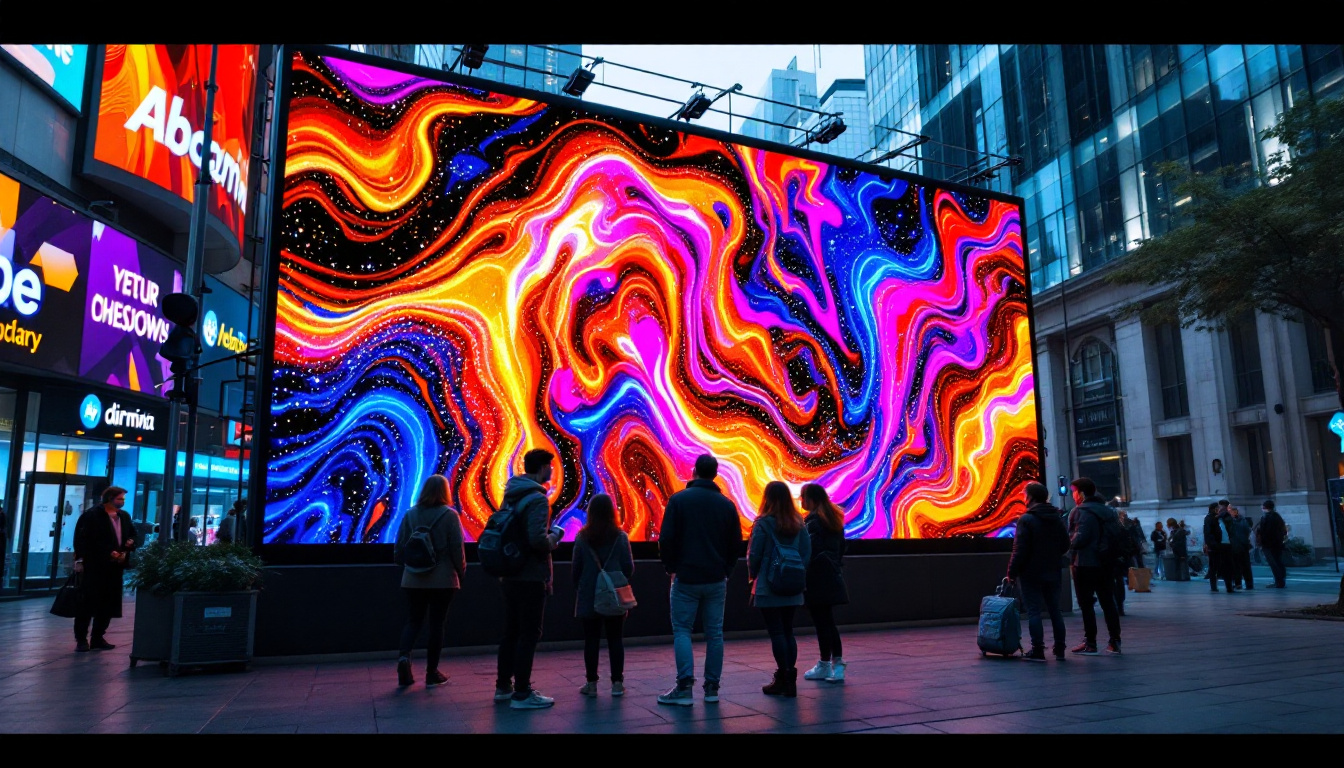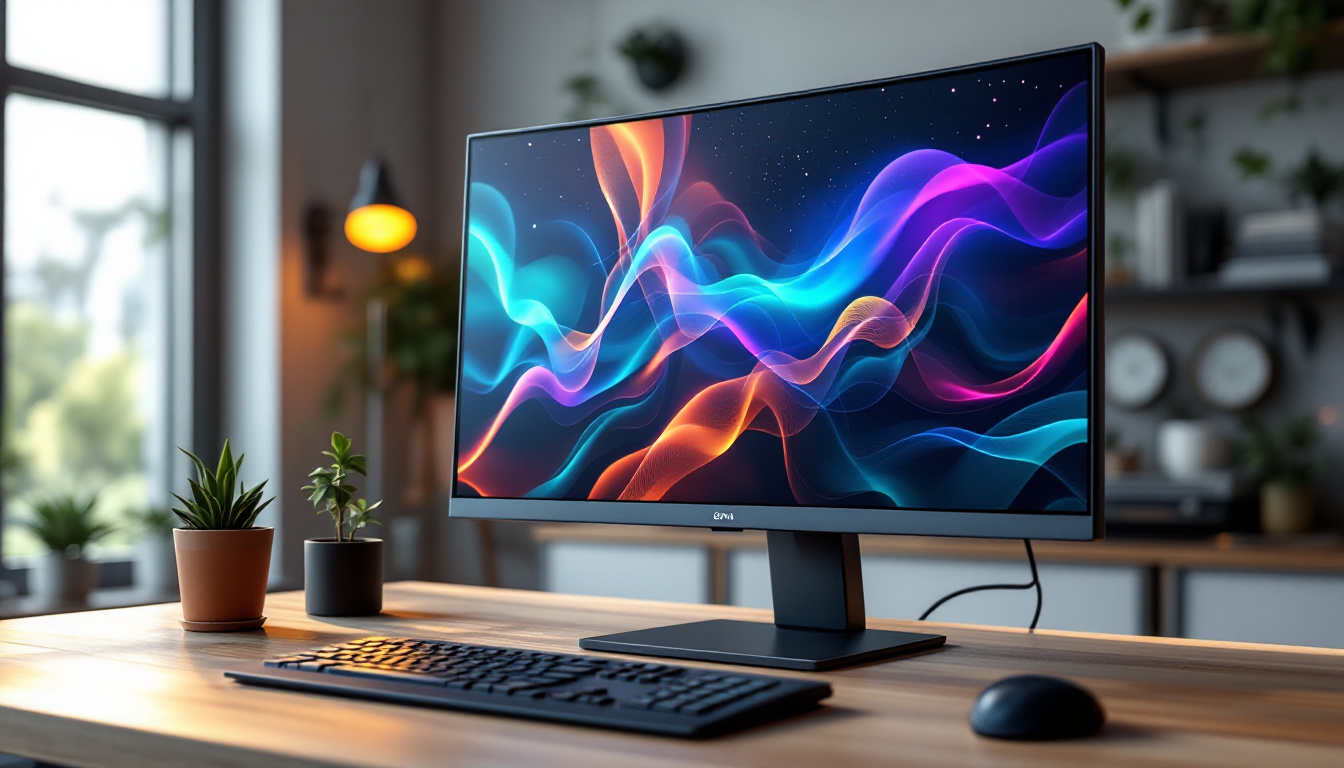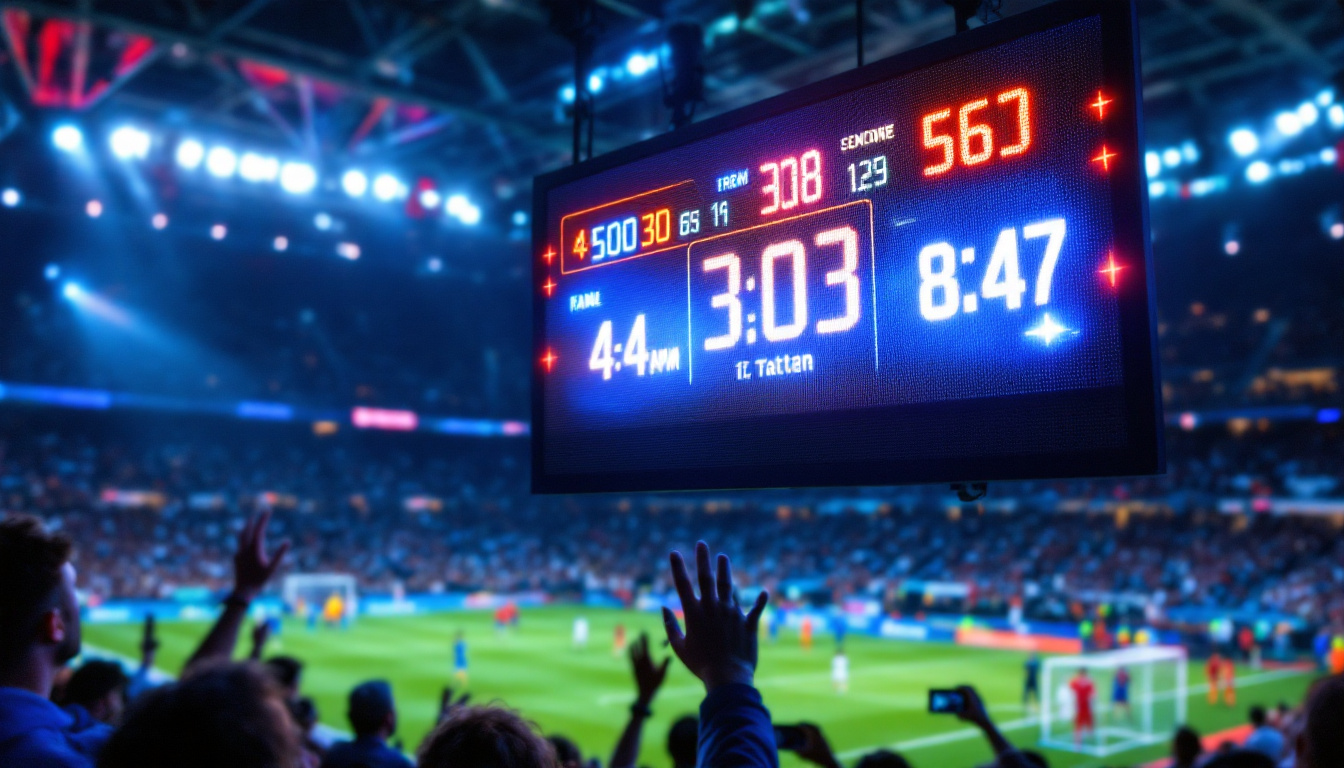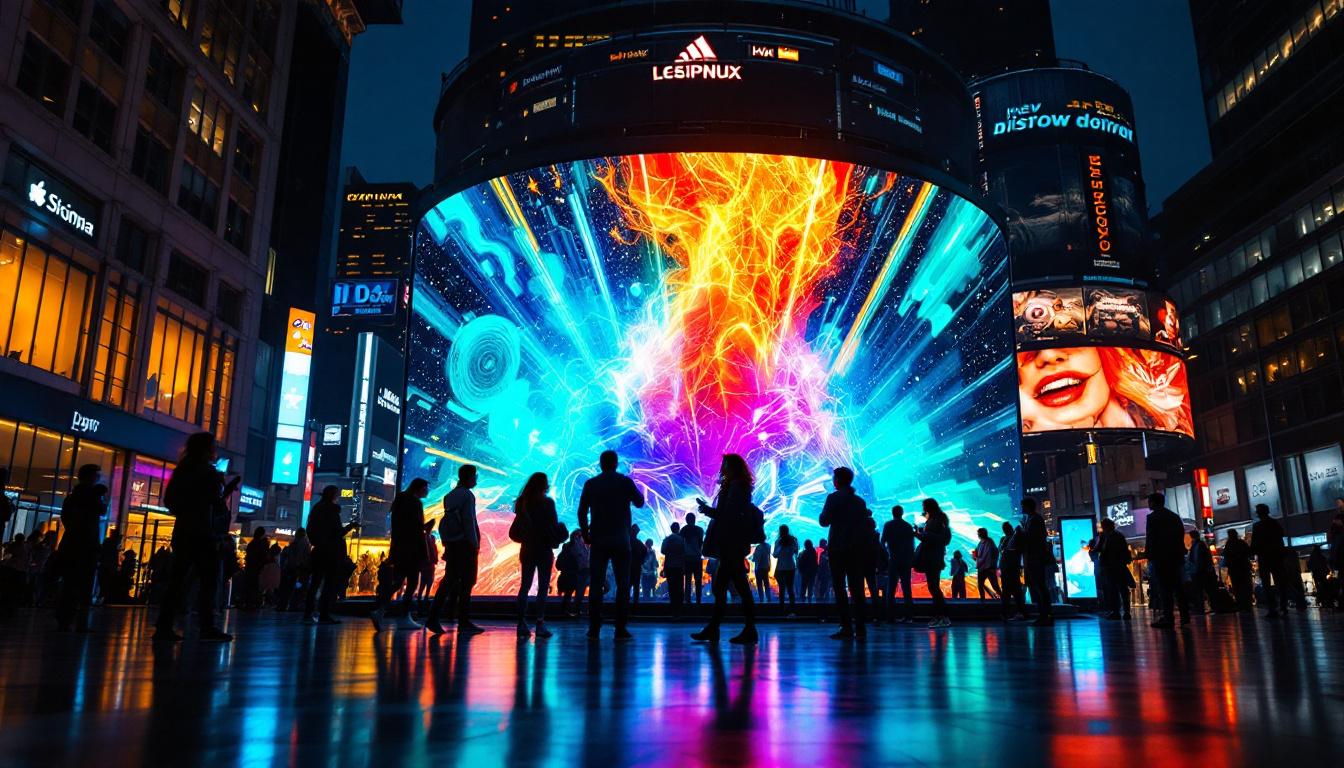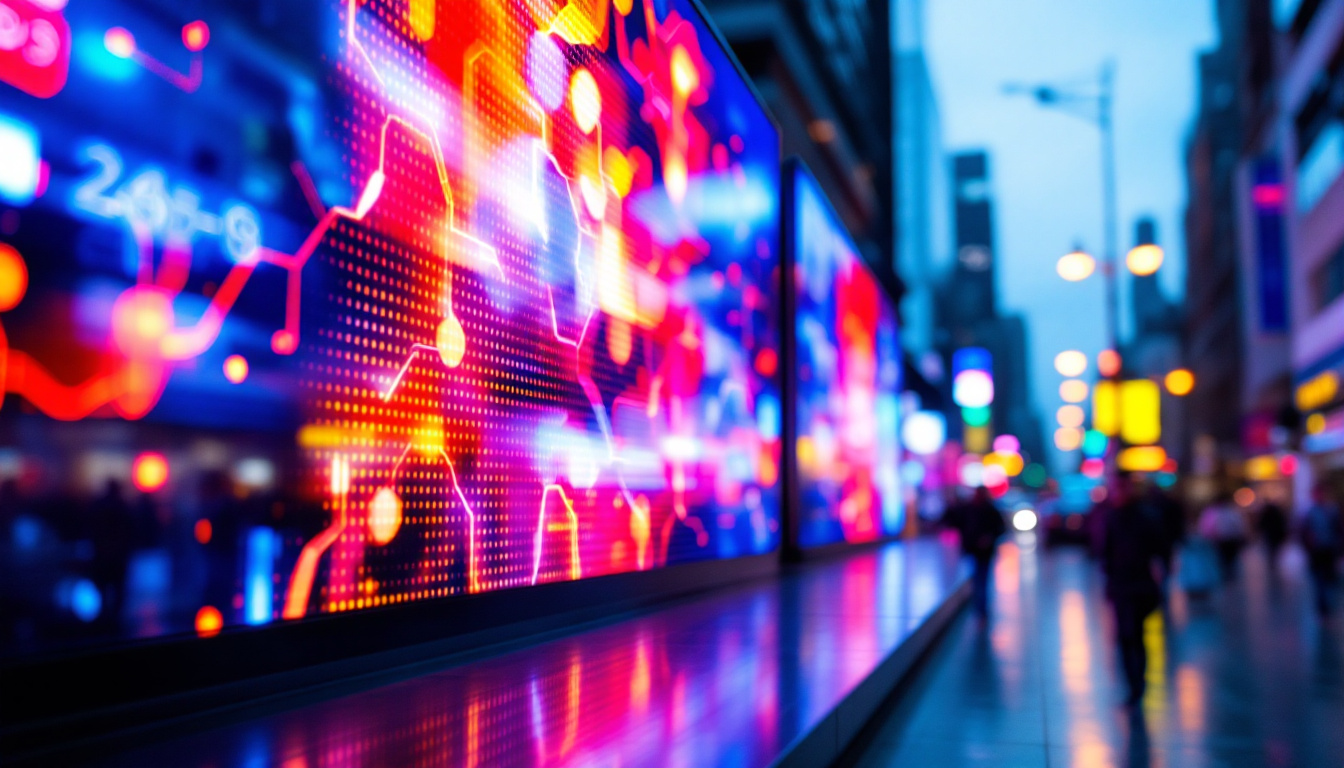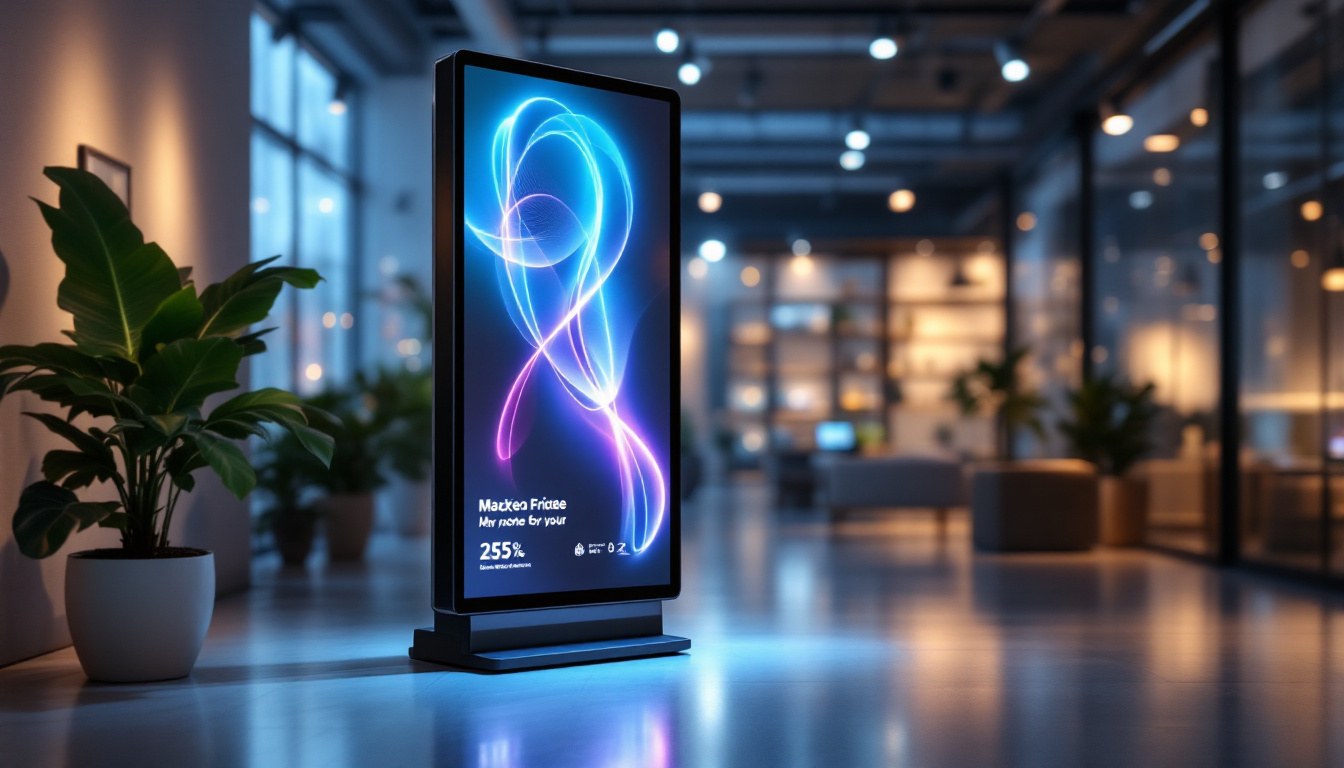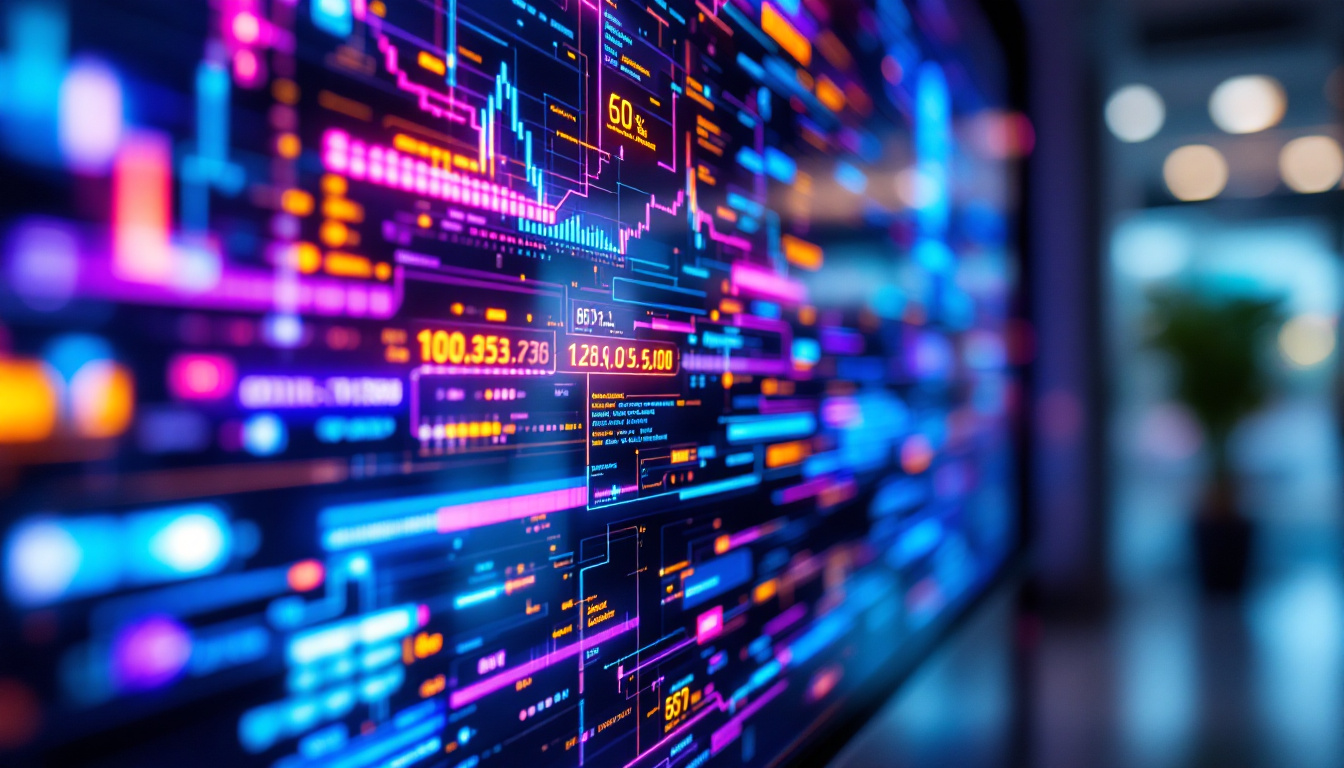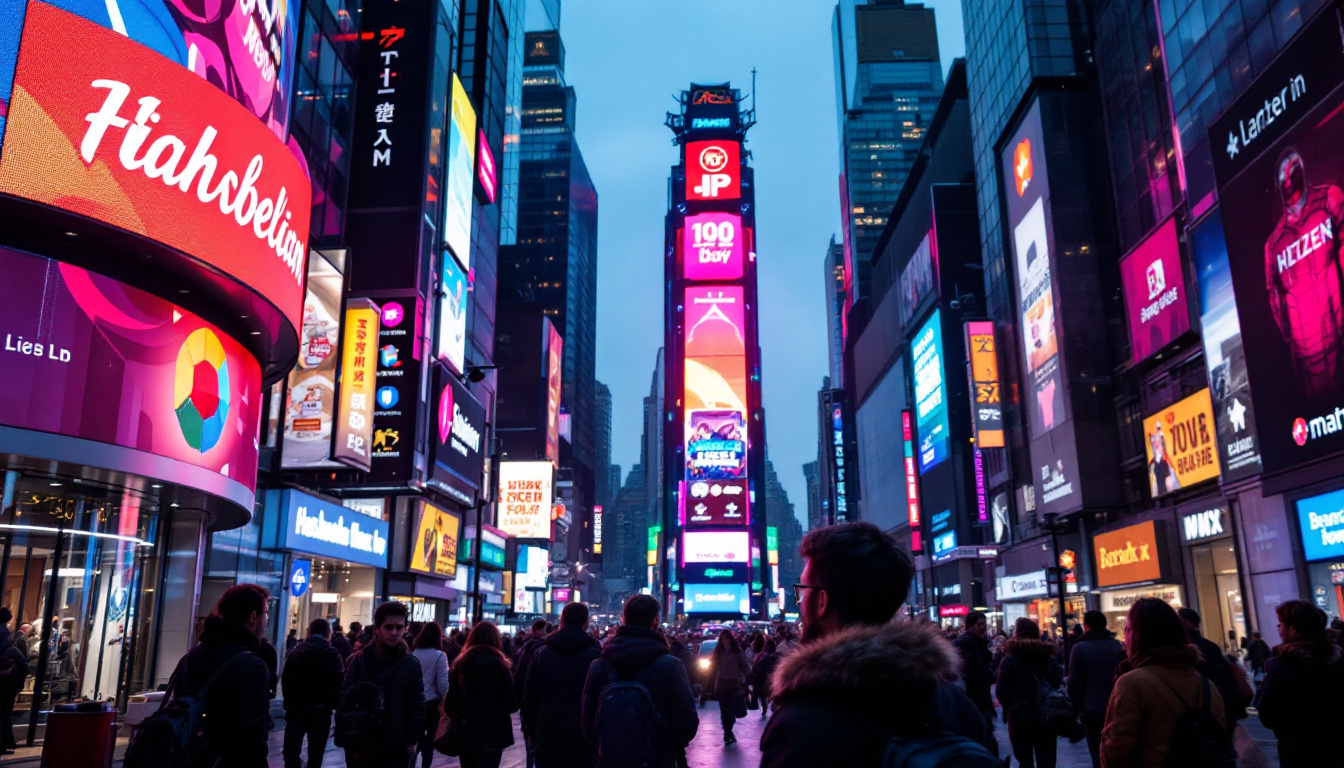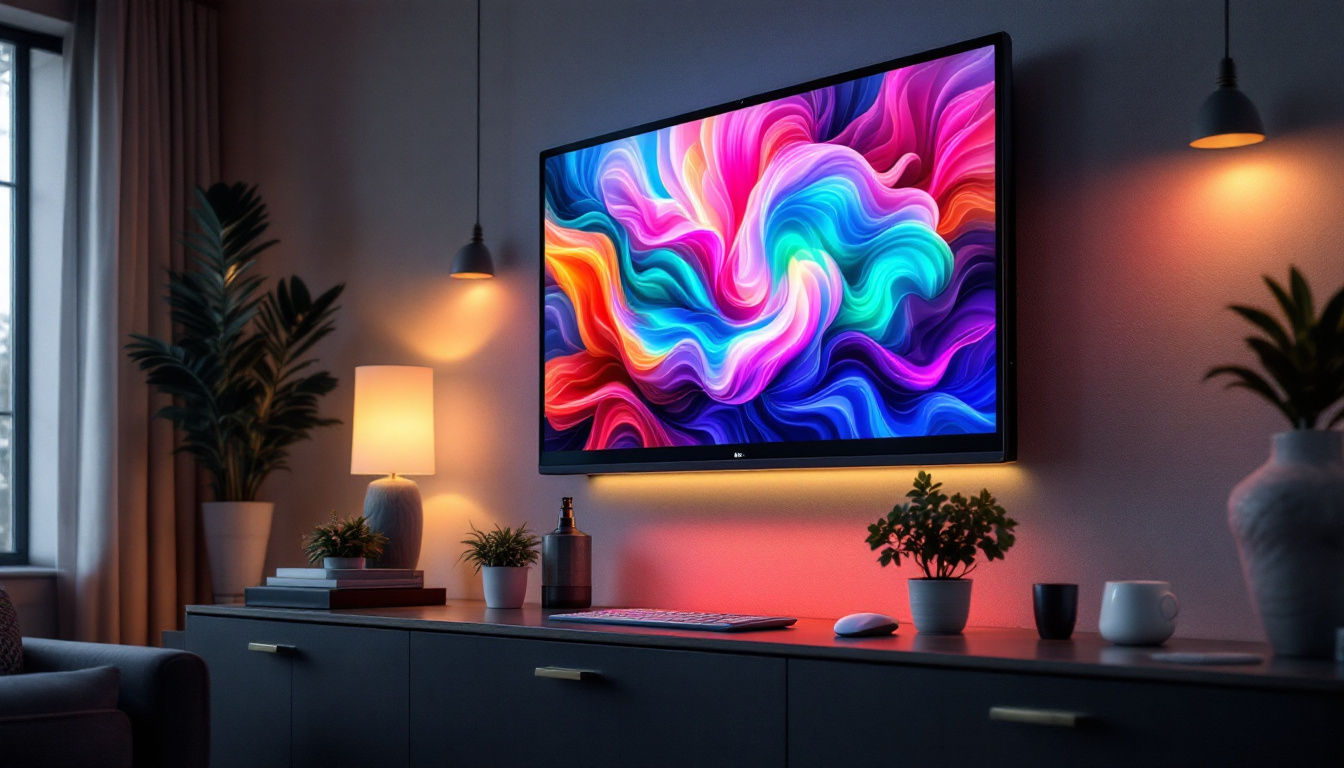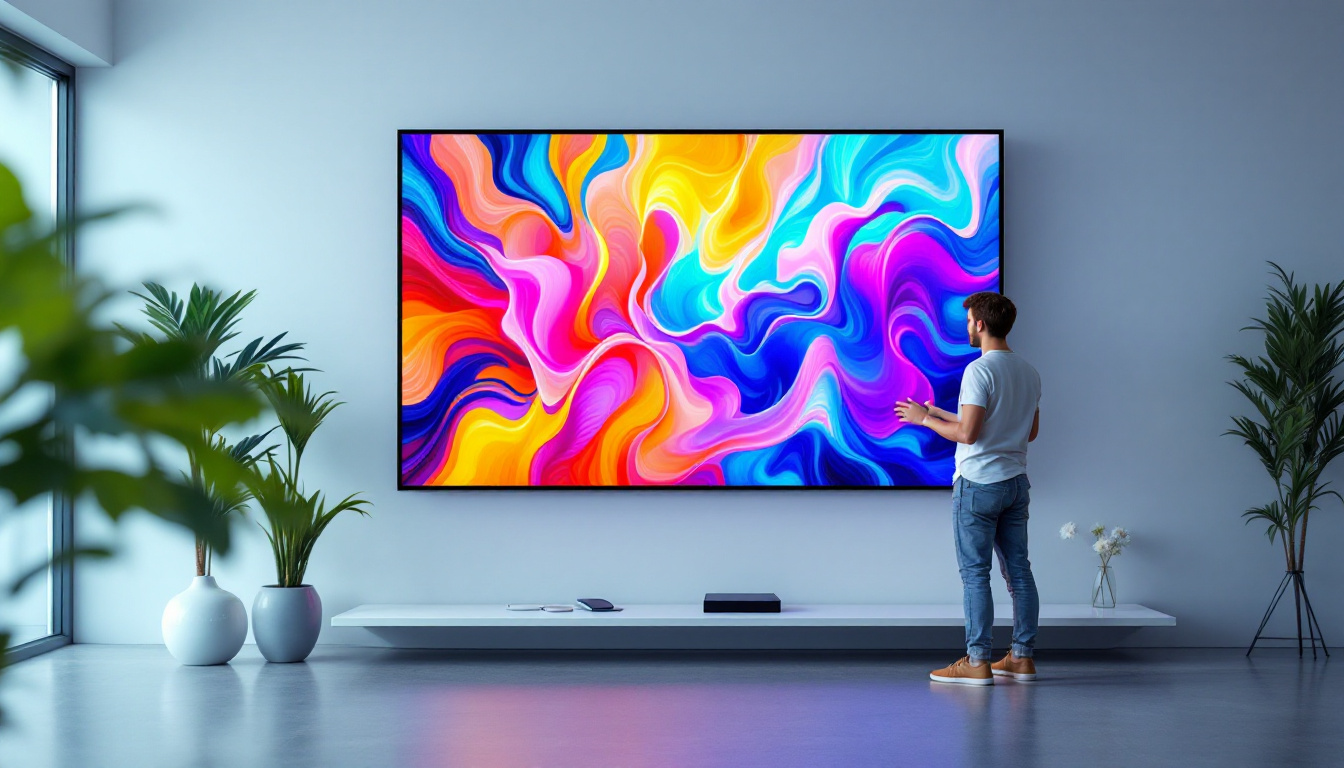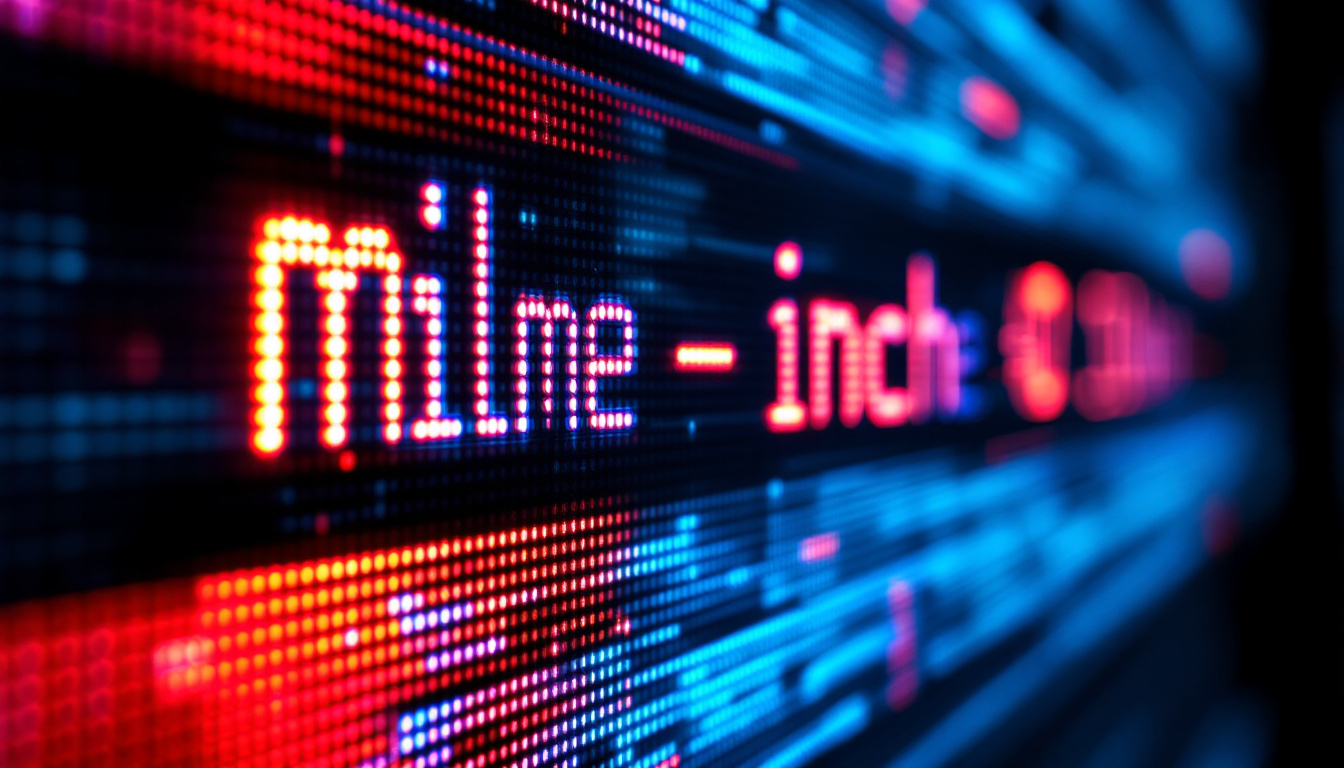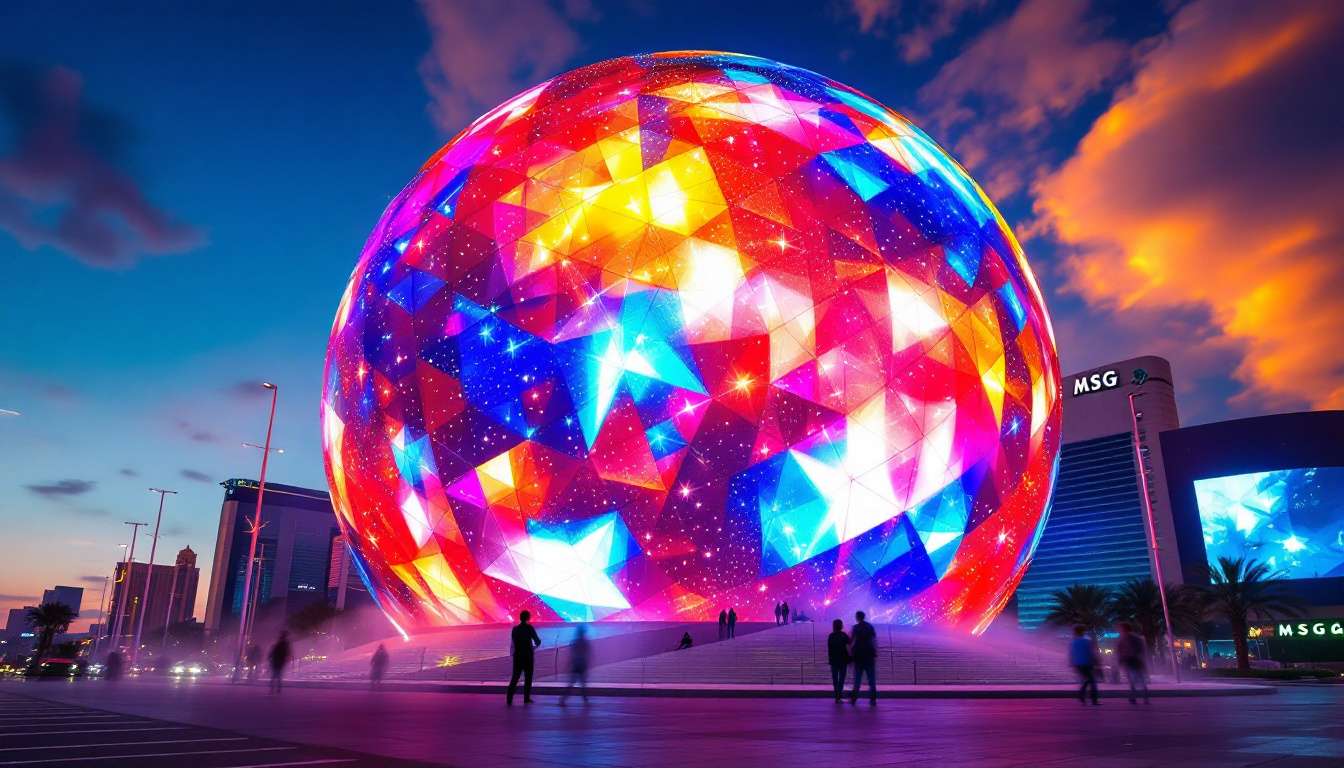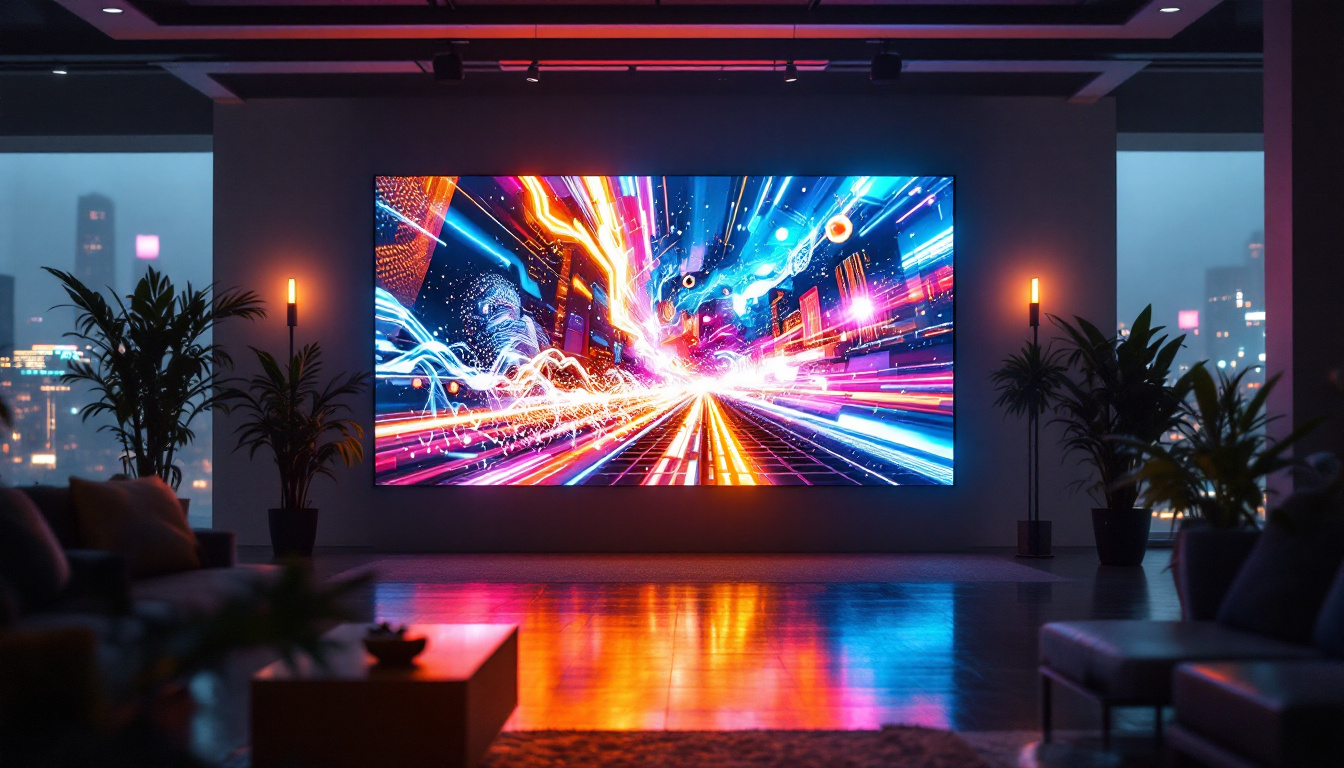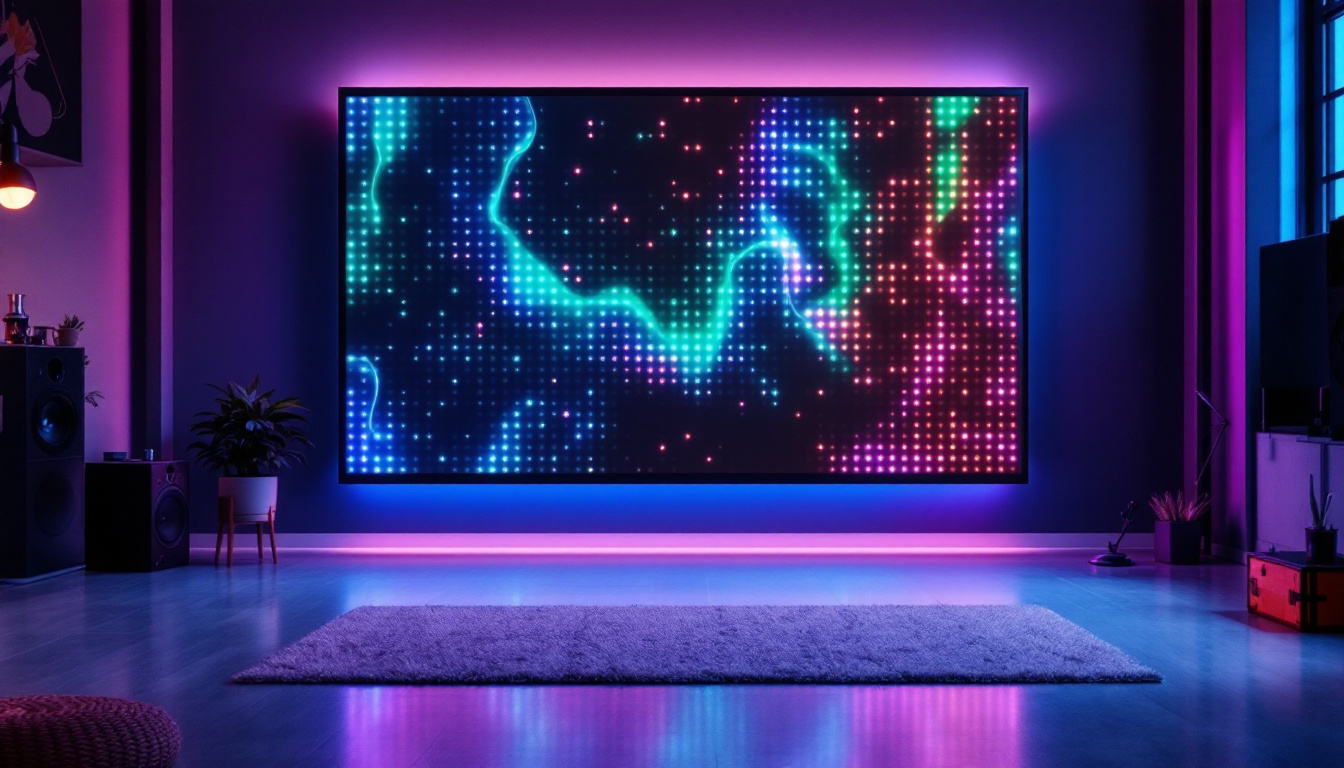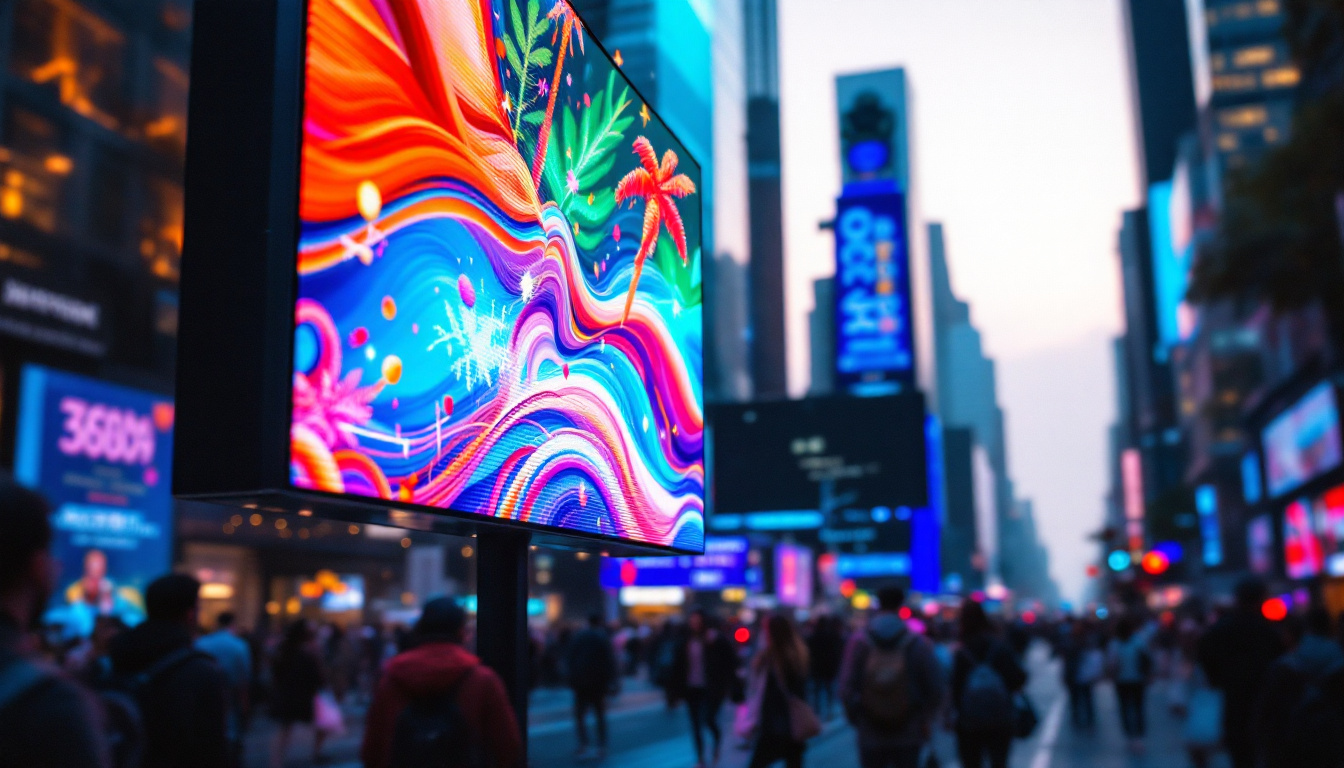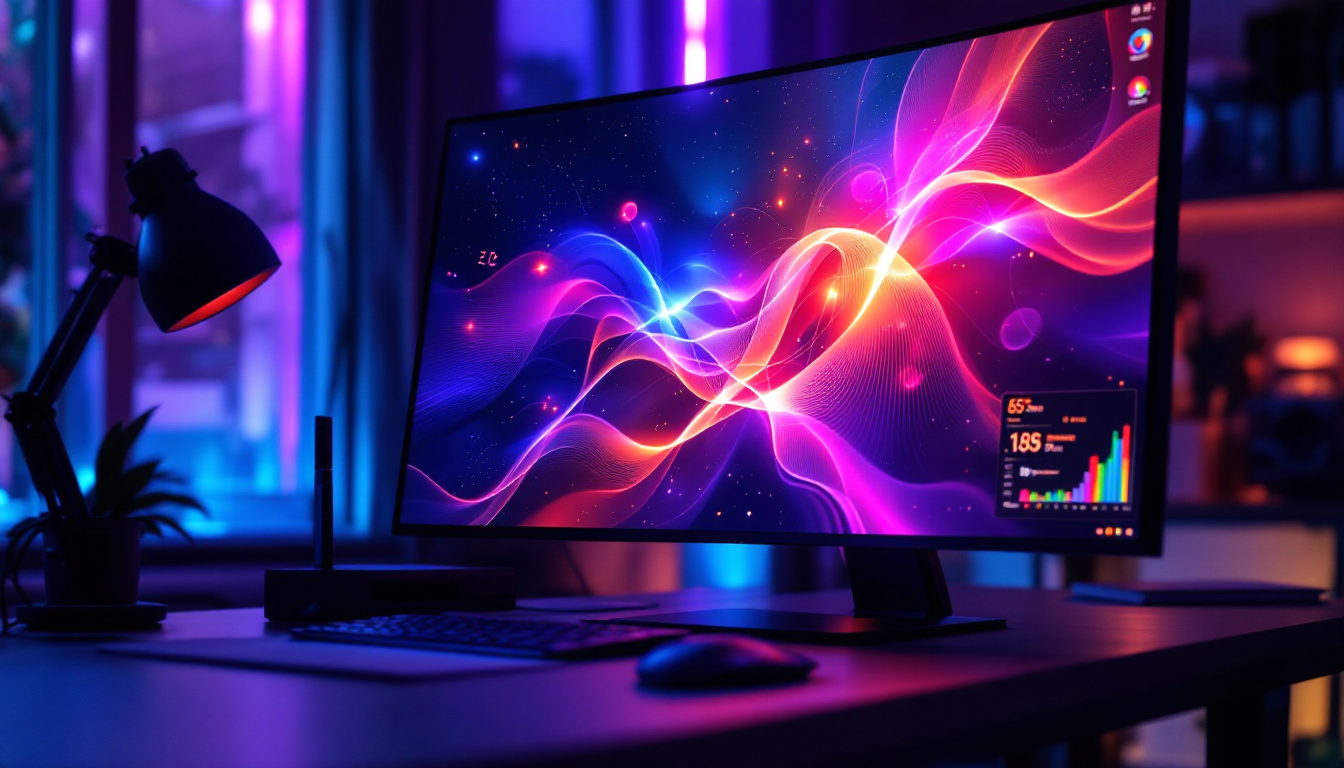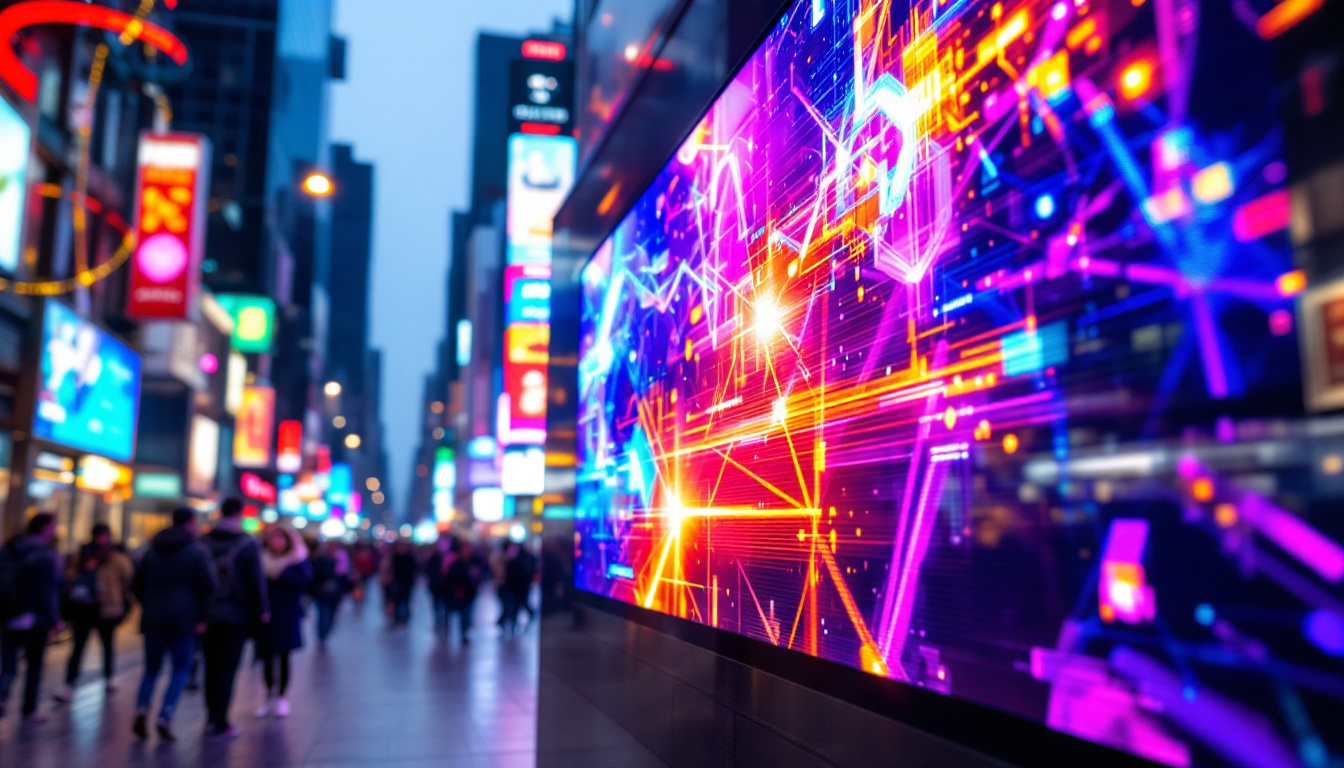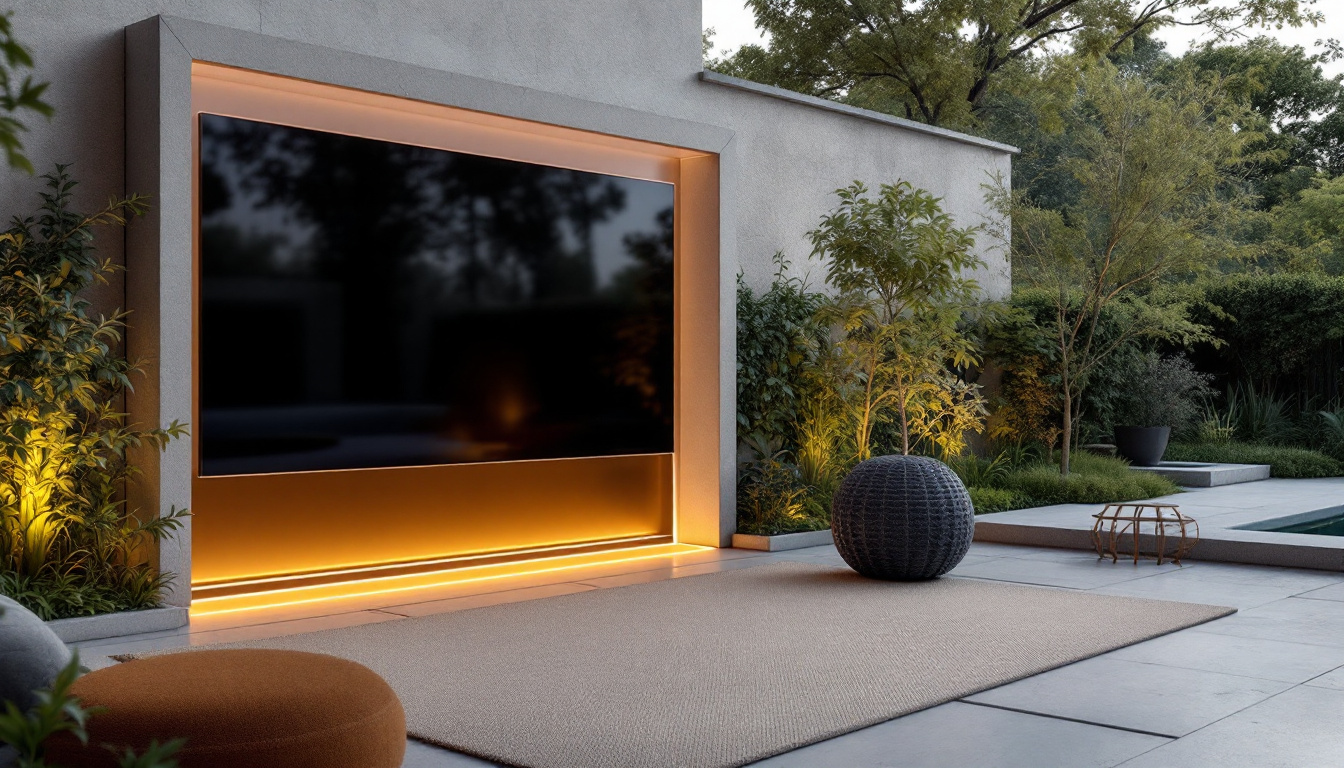In the realm of modern technology, display resolutions play a crucial role in determining the quality and clarity of images and videos. Among the various types of displays, LED (Light Emitting Diode) displays have gained immense popularity due to their vibrant colors, energy efficiency, and versatility. This article delves into the intricacies of LED displays, focusing on their resolutions, advantages, and applications.
Understanding Display Resolutions
Display resolution refers to the amount of detail that a display can show, measured in pixels. The resolution is typically represented as width x height, indicating the number of pixels in each dimension. Higher resolutions result in sharper images, while lower resolutions can lead to pixelation and a lack of detail. This pixel density is particularly important for applications that require high fidelity, such as graphic design, video editing, and gaming, where every detail counts.
Common Display Resolutions
Several standard resolutions are commonly used across various devices. These include:
- HD (High Definition): 1280 x 720 pixels
- Full HD: 1920 x 1080 pixels
- Quad HD: 2560 x 1440 pixels
- Ultra HD (4K): 3840 x 2160 pixels
- 8K Ultra HD: 7680 x 4320 pixels
Each of these resolutions serves different purposes, from streaming videos to playing high-end video games. The choice of resolution often depends on the specific use case and the capabilities of the display device. For instance, while Full HD is sufficient for most casual viewing, gamers and professionals may prefer 4K or even 8K resolutions to experience the full depth and detail of their content. Additionally, as technology advances, we may see even higher resolutions becoming standard, pushing the boundaries of visual clarity and immersion.
Aspect Ratios and Their Importance
Alongside resolution, the aspect ratio is another critical factor in display technology. The aspect ratio is the ratio of the width to the height of the display. Common aspect ratios include:
- 16:9 (widescreen)
- 4:3 (standard)
- 21:9 (ultrawide)
Choosing the right aspect ratio can significantly affect the viewing experience, especially for movies and gaming. Widescreen formats like 16:9 are prevalent in modern televisions and computer monitors, providing a cinematic experience. In contrast, the 21:9 aspect ratio is gaining popularity among gamers and film enthusiasts, as it allows for a more immersive field of view, mimicking the experience of being in a theater. Furthermore, understanding the interplay between resolution and aspect ratio is essential for content creators, as it influences how their work is presented across various platforms and devices, ensuring that the intended visual impact is maintained regardless of screen size.
What is an LED Display?
LED displays utilize light-emitting diodes to produce images. These displays can be found in various forms, including televisions, computer monitors, and digital signage. The technology behind LED displays has evolved significantly over the years, leading to improved performance and versatility.
Types of LED Displays
There are several types of LED displays, each with unique characteristics and applications:
- Direct LED: In this type, LEDs are placed directly behind the screen, providing uniform brightness and better contrast.
- Edge-Lit LED: LEDs are positioned along the edges of the screen, allowing for thinner designs but potentially uneven brightness.
- OLED (Organic LED): A more advanced form of LED technology where each pixel emits its own light, resulting in deeper blacks and vibrant colors.
Each type of LED display has its own advantages and drawbacks, making them suitable for different applications. For instance, OLED displays are often preferred for high-end televisions due to their superior color accuracy and contrast ratios.
How LED Displays Work
LED displays function by illuminating pixels using light-emitting diodes. Each pixel is made up of sub-pixels that emit red, green, and blue (RGB) light. By adjusting the intensity of these sub-pixels, a wide range of colors can be produced. This process is known as additive color mixing.
The control of these pixels is managed by a display driver, which receives signals from a video source and translates them into visual output. This technology allows for quick refresh rates and smooth motion, making LED displays ideal for fast-paced content like sports and action movies.
Advantages of LED Displays
LED displays offer numerous advantages over traditional display technologies, such as LCD and CRT. These benefits contribute to their widespread adoption across various industries.
Energy Efficiency
One of the most significant advantages of LED displays is their energy efficiency. Compared to traditional displays, LED technology consumes less power while providing brighter images. This not only reduces electricity costs but also contributes to a smaller carbon footprint.
Color Accuracy and Brightness
LED displays are known for their vibrant colors and high brightness levels. The ability to produce a wide color gamut allows for more accurate and lifelike images, making them ideal for applications in photography, graphic design, and video production.
Moreover, the brightness of LED displays makes them suitable for use in well-lit environments, where traditional displays may struggle to provide clear visibility.
Longevity and Durability
LED displays are built to last. With a longer lifespan compared to other display technologies, they can operate for thousands of hours without significant degradation in performance. This durability makes them a cost-effective choice for both consumers and businesses.
Applications of LED Displays
The versatility of LED displays allows them to be used in a wide array of applications, from consumer electronics to large-scale advertising. Below are some of the most common uses of LED technology.
Televisions and Home Entertainment
LED televisions have become the standard for home entertainment systems. With their high resolutions and excellent color reproduction, they provide an immersive viewing experience for movies, sports, and video games. Many modern TVs also incorporate smart technology, allowing users to stream content directly from the internet.
Commercial and Advertising Displays
In the commercial sector, LED displays are widely used for advertising and promotions. Digital billboards and signage can display dynamic content that attracts attention and engages consumers. These displays can be easily updated, allowing businesses to change their messaging quickly and efficiently.
Professional and Industrial Use
LED displays are also prevalent in professional settings, such as control rooms, conference centers, and broadcasting studios. Their ability to deliver high-quality visuals in real-time makes them essential for monitoring and communication. Additionally, LED technology is used in medical imaging, providing clear and accurate displays for diagnostic purposes.
Challenges and Considerations
While LED displays offer numerous benefits, there are also challenges and considerations to keep in mind. Understanding these factors can help consumers and businesses make informed decisions when selecting display technology.
Cost Factors
Although the prices of LED displays have decreased over the years, they can still be more expensive than traditional display technologies. Consumers should weigh the initial investment against the long-term benefits, such as energy savings and longevity.
Viewing Angles
Some LED displays, particularly those that are edge-lit, may experience color and brightness shifts when viewed from extreme angles. This can be a concern in settings where multiple viewers are positioned around the display. It is essential to consider the viewing environment when selecting an LED display.
Screen Burn-In
OLED displays, while offering stunning visuals, can be susceptible to screen burn-in, where static images leave a permanent mark on the screen. This is less of a concern with traditional LED displays, but it is still an important consideration for users who plan to display static content for extended periods.
The Future of LED Display Technology
As technology continues to advance, the future of LED displays looks promising. Innovations in display technology are expected to enhance performance, reduce costs, and expand applications.
MicroLED Technology
MicroLED is an emerging technology that promises to take LED displays to the next level. By using microscopic LEDs to create individual pixels, MicroLED displays can achieve higher resolutions, better contrast ratios, and improved energy efficiency. This technology has the potential to revolutionize the display industry, offering even more vibrant and immersive experiences.
Flexible and Transparent Displays
Another exciting development in LED technology is the creation of flexible and transparent displays. These displays can be integrated into various surfaces, such as windows and walls, opening up new possibilities for design and functionality. Transparent displays, in particular, could transform advertising and information dissemination in public spaces.
Integration with AI and Smart Technology
The integration of artificial intelligence (AI) and smart technology into LED displays is set to enhance user experiences further. Smart displays can adapt to environmental conditions, optimize content delivery, and provide personalized experiences based on user preferences. This level of interactivity and customization is likely to shape the future of display technology.
Conclusion
LED displays have transformed the way we interact with visual content, offering vibrant colors, energy efficiency, and versatility across various applications. Understanding display resolutions and the intricacies of LED technology is essential for making informed choices in today’s digital landscape. As advancements continue to emerge, the future of LED displays promises to be even more exciting, paving the way for innovative applications and enhanced user experiences.
In a world where visual communication is paramount, LED displays stand at the forefront, bridging the gap between technology and creativity. Whether for personal use, commercial advertising, or professional applications, the impact of LED technology is undeniable and continues to evolve, shaping the way we perceive and engage with the world around us.
Explore Cutting-Edge LED Display Solutions with LumenMatrix
Ready to experience the future of visual communication? LumenMatrix is at the forefront of LED display innovation, offering a wide range of solutions tailored to meet your needs. From vibrant Indoor and Outdoor LED Wall Displays to dynamic Vehicle and Sports LED Displays, our products are designed to captivate and engage. Discover the possibilities with our LED Poster Displays, Floor LED Displays, Custom LED Displays, All-in-One LED Displays, and LED Transparent Displays. Elevate your brand’s visibility and create unforgettable visual experiences. Check out LumenMatrix LED Display Solutions today and transform the way you share your message with the world.

